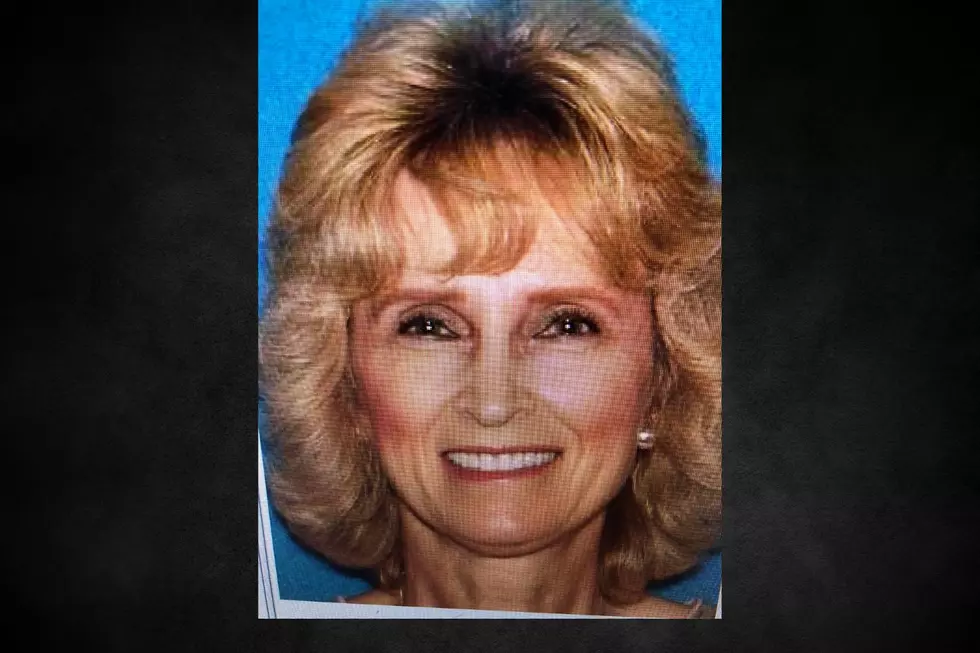
Search Ends for Washington Mudslide Victims
For more than five weeks, crews painstakingly sifted through mud and debris, at first searching for survivors and then for the remains of those buried by the mudslide in Washington state. On Monday, officials called off the active search, though two bodies remain entombed in the tangled pile.
At times, people dug with their bare hands, recovering 41 victims, but Steve Hadaway and Kris Regelbrugge have not been found after a hillside collapsed March 22 and swept across the small community in Oso about an hour northeast of Seattle.
"This has been a difficult decision" because the families of the two still missing seek closure, Snohomish County Sheriff Ty Trenary said at a news conference Monday.
Frank Hadaway, whose brother Steve died in the slide, said he understood the county's decision.
"The amazing thing is that of 43 people who were lost, 41 were found," he told The Seattle Times. "So, do I have an issue? No. Reality is reality. We knew this day was coming sooner or later."
Trenary said officials have not given up on finding Steve Hadaway and Regelbrugge, but about 30 people would continue to search more tactically in a smaller area if weather and other conditions allow. At its peak, the efforts involved about 1,000 volunteers.
Officials said they would use spotters in the field to help identify bodies and personal property as heavy equipment removes massive piles of dirt.
The task now switches to clearing debris from the 1-square mile slide that wiped out a small riverside community, blocked a state highway and partially dammed the North Fork of the Stillaguamish River.
Snohomish County Executive John Lovick said Monday that the county and state have formed a joint commission to independently review what happened before and after the slide, including what the county knew about the landslide dangers in the area.
"There will be a lot of questions, and we hope to have a lot of answers," he said. Lovick also said he has heard talk about turning the slide area into a memorial site, but they need to talk to family members first.
The search for people has involved heavy equipment, helicopters and hundreds of people and dogs.
Volunteers spent thousands of hours helping in the search or collecting donations for the community. Millions in private donations have been raised, and millions more in federal aid has been promised.
Soon after the slide barreled down the 600-foot bluff at about 60 miles per hour on a Saturday morning, rescuers saved 11 people, including a 4-year-old boy and a young mother and her infant son.
But as the hours dragged on, the increasingly desperate search failed to turn up any more survivors, even as crews heard people yelling for help. No one was found alive after that first day.
Yet, officials and others still clung to the hope of finding survivors, even days later. Family members and neighbors also conducted their own searches, using chain saws and their bare hands to dig through the mess of broken wood, fallen trees and mud.
From the beginning, rescue crews faced dangerous and unpredictable conditions as they navigated quicksand-like mud. The threat of potential flash floods or another landslide also loomed over them. Conditions remain dangerous, and authorities "are still concerned about safety in the slide area.
"This area is very dangerous and unpredictable," Trenary said.
At one point, the list of missing people had about 220 names, but authorities quickly whittled down that number as they identified duplicate names or as people believed missing in the slide turned up safe.
The death toll slowly ticked up each week, as more bodies were recovered and identified.
Among the dead were three generations of one family, a 4-month-old girl and her grandmother, a young couple who were planning an August wedding by the river, and contractors working in the neighborhood that morning.
State transportation officials have said it could take up to three months to clear the debris from the highway.
Meanwhile, the county is leading long-term recovery efforts for the area, including housing, economic recovery and mental health.
"Our goal is to do our best to bring normalcy back to the valley in a timely matter knowing full well that for many families, normalcy may never return," said Gary Haakenson, the county's executive director.
More From New Jersey 101.5 FM









